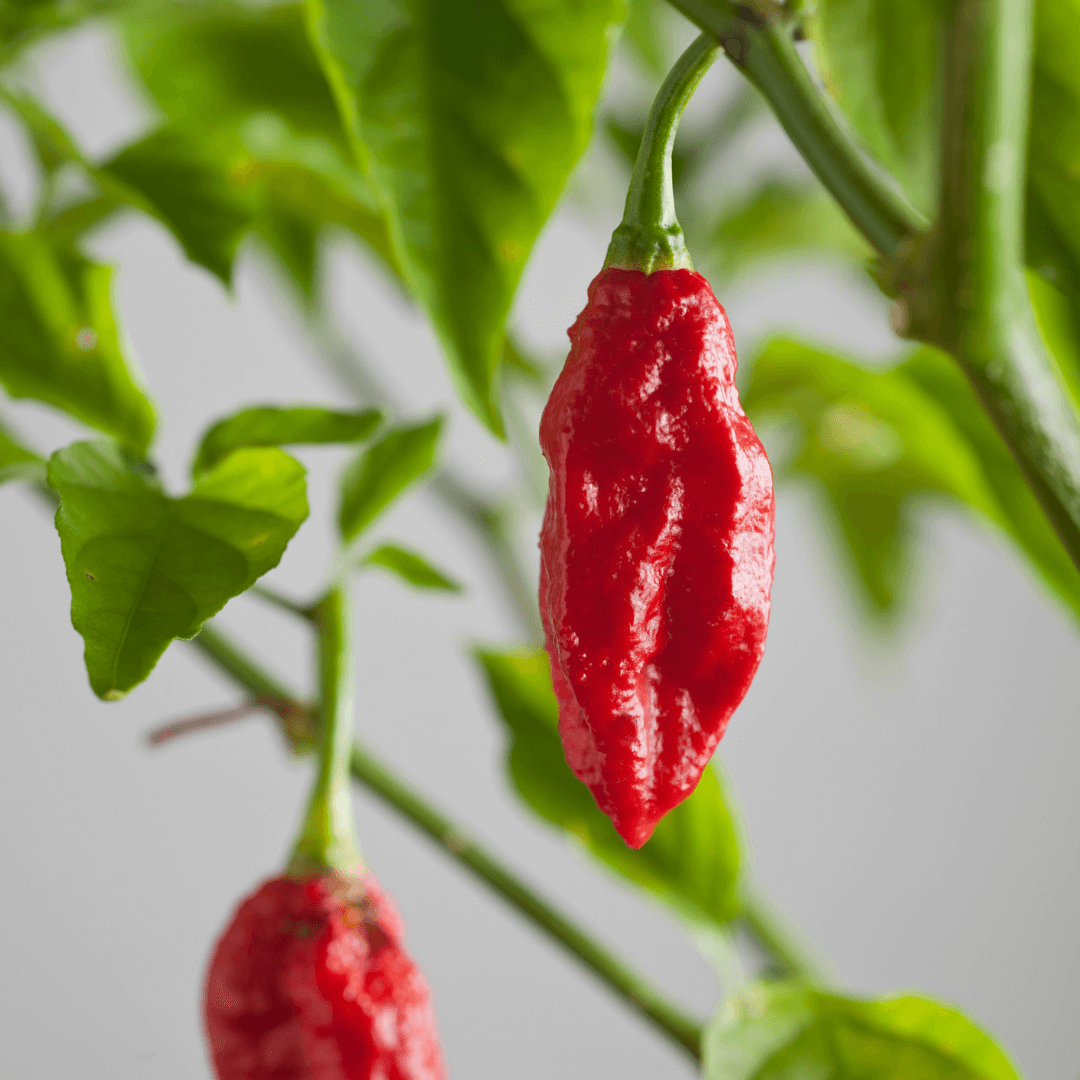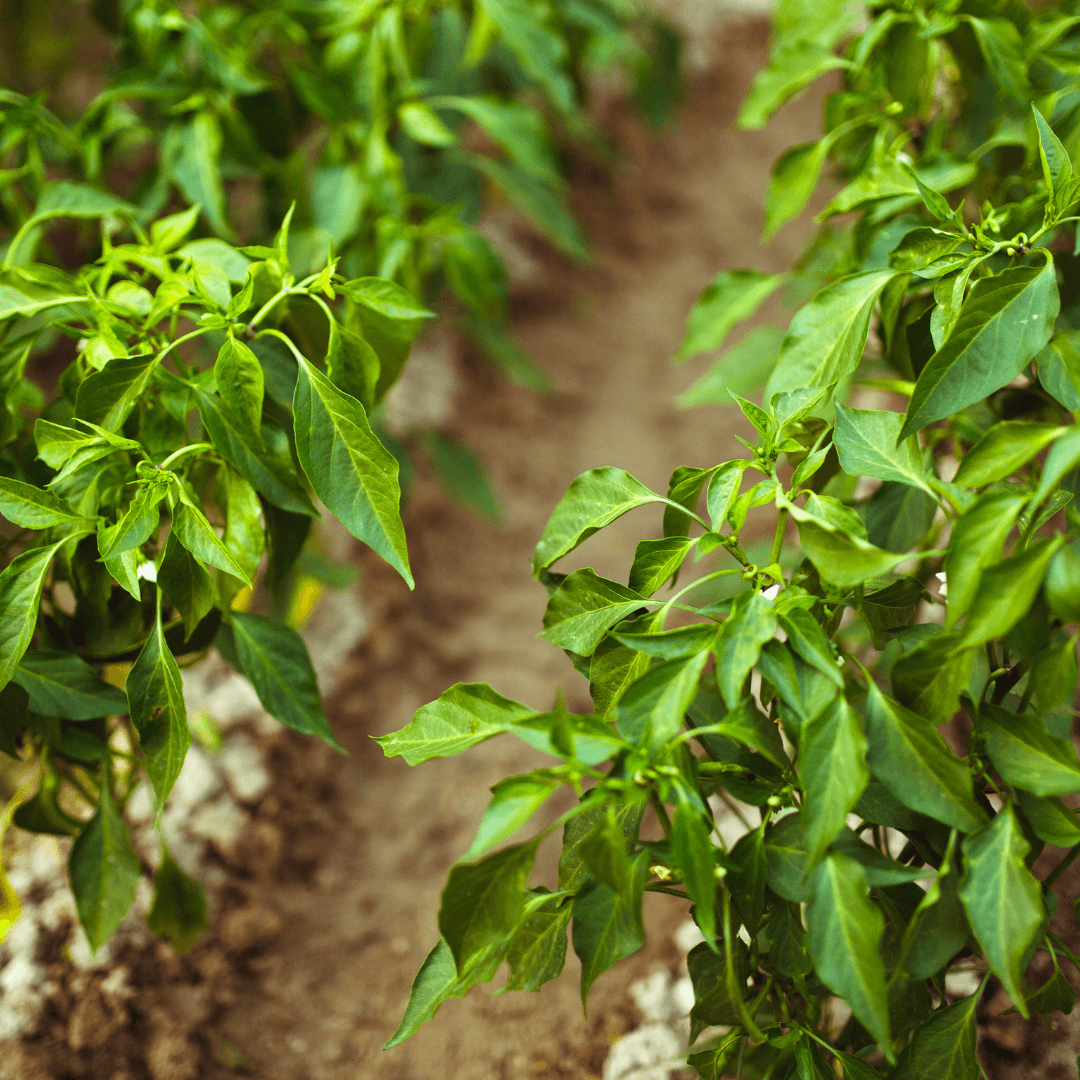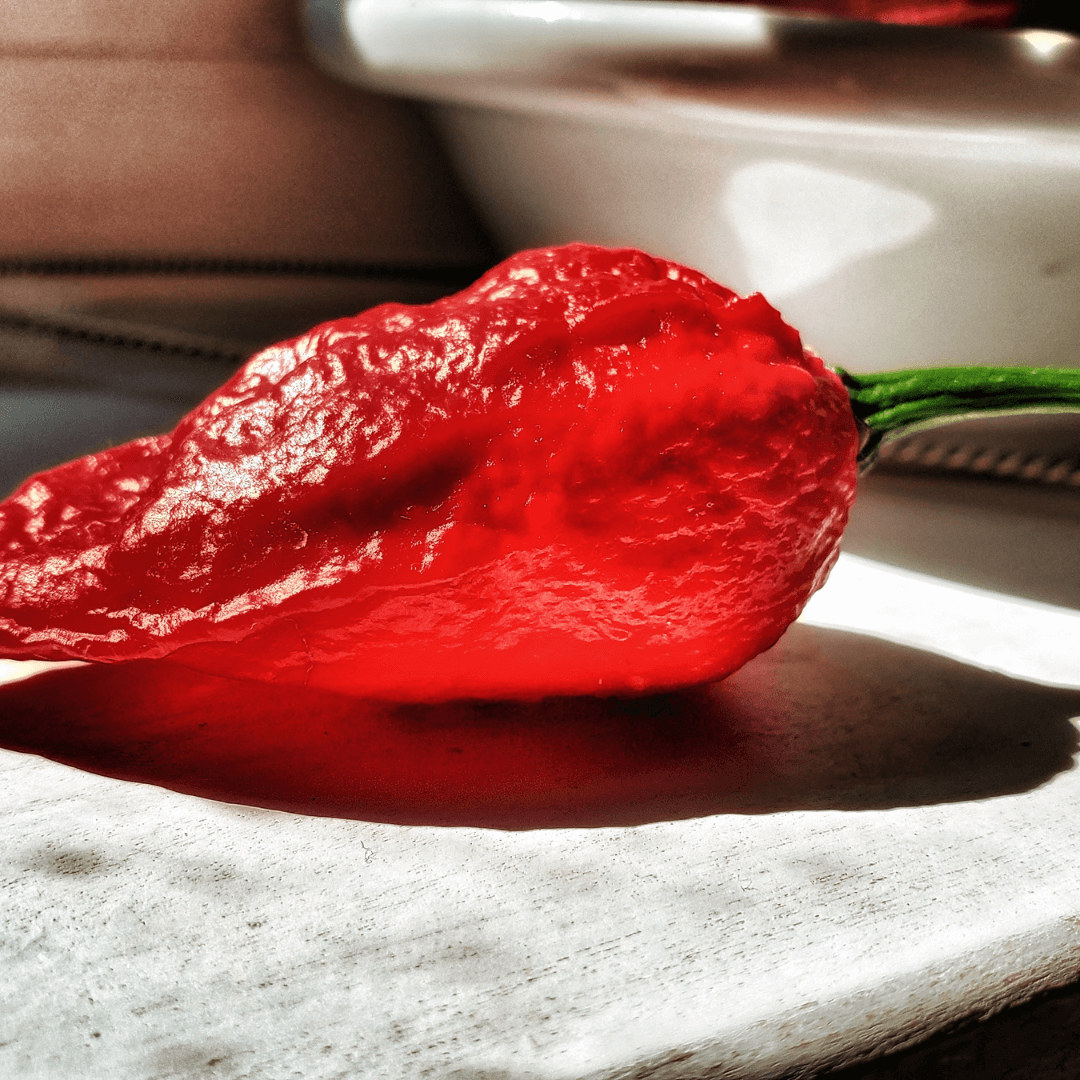As a seasoned gardener, I know the excitement that comes with growing your own pepper plants, especially when it comes to jalapeño peppers. These delicious hot peppers add a spicy kick to any dish, and there's nothing quite like the satisfaction of harvesting them from your own garden. In this in-depth article, we will explore the timeline from plant flowering to fruit production, so you know exactly when to expect those tasty jalapenos to appear. Let's dive into the world of jalapeno plant care and just how long after flowering do jalapenos appear.
1. Understanding Jalapeno Pepper Plants
Jalapeño peppers, like other pepper varieties, are part of the Capsicum annuum species. These jalapeno plants thrive in warm temperatures and require a good amount of sunlight to produce an abundance of hot peppers. When properly cared for, jalapeno plants will begin to produce flowers, which ultimately give way to dark green, deep green, or even light green jalapeno peppers, depending on the variety.
Jalapeño Pepper Seeds
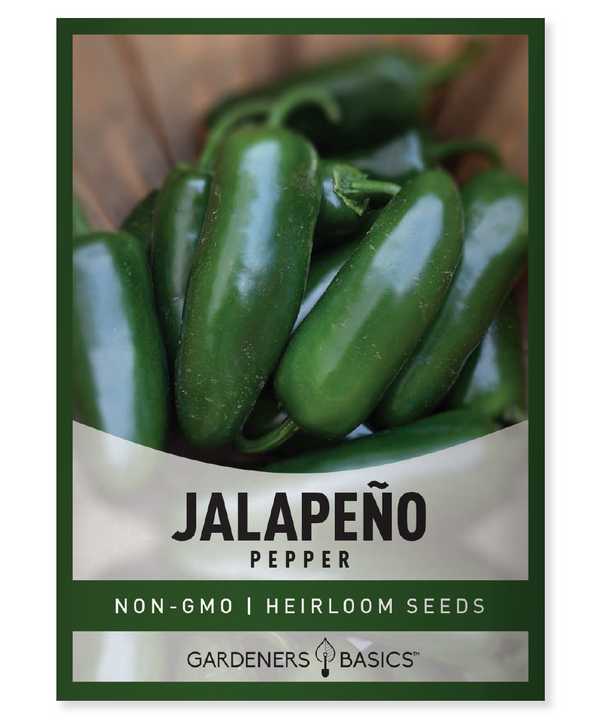
$2.49
Jalapeño Pepper Seeds - Heirloom, Non-GMO, Open Pollinated, Non-Hybrid & Planting & Growing Guide Looking for premium Jalapeño Pepper Seeds? Our seeds are heirloom, non-GMO, non-hybrid, and open-pollinated, ensuring top-quality, reliable growth. Jalapeños are a favorite among gardeners and chefs… read more
2. The Flowering Stage
Before jalapeno peppers can appear on your plants, they must first go through the flowering stage. This is a crucial time in the plant's life, as successful pollination during flowering is necessary for fruit production.
Ideal Conditions for Flowering
- Temperature: Jalapeno plants prefer temperatures between 70-85 degrees Fahrenheit during the day and 60-70 degrees Fahrenheit at night.
- Sunlight: Full sun exposure is critical, with a minimum of 6 hours of direct sunlight per day.
- Soil moisture: Consistent soil moisture is important, but avoid over-watering. The soil should be moist but well-draining.
3. Pollination and Fruit Development
Once the flowers have bloomed, pollination occurs either through wind, insects or even manual intervention. After successful pollination, the flowers will begin to wilt and fall off, and tiny jalapeno peppers will start to form.
Jalapeno Growth Timeline
- Initial fruit development: This stage occurs shortly after pollination and can last anywhere from 10-15 days.
- Pepper growth: After initial development, the jalapeno peppers will continue to grow for an additional 20-30 days. The peppers will be dark green during this time, often referred to as unripe.
4. Jalapeno Ripening
Ripening is the final stage in the life of a jalapeno pepper, and it's when the pepper reaches its full flavor potential. As the pepper grows, it will gradually change color, signaling that it is ripe and ready for harvest.
Ripening Timeline
- Green stage: Most jalapeno peppers are harvested at the dark green stage, which occurs 70-80 days after transplanting.
- Color change: As the pepper continues to ripen, it may change from dark green to deep green or light green, depending on the variety. This typically occurs 80-90 days after transplanting.
- Fully ripe: If left on the plant, jalapeno peppers will eventually turn red, signaling that they are fully ripe. This occurs around 100-120 days after transplanting.
- Jalapenos can also be a smaller size and larger when they are fully ripe. Either size is perfectly fine.
Pepper Seed Assortment | 8 Variety Pack
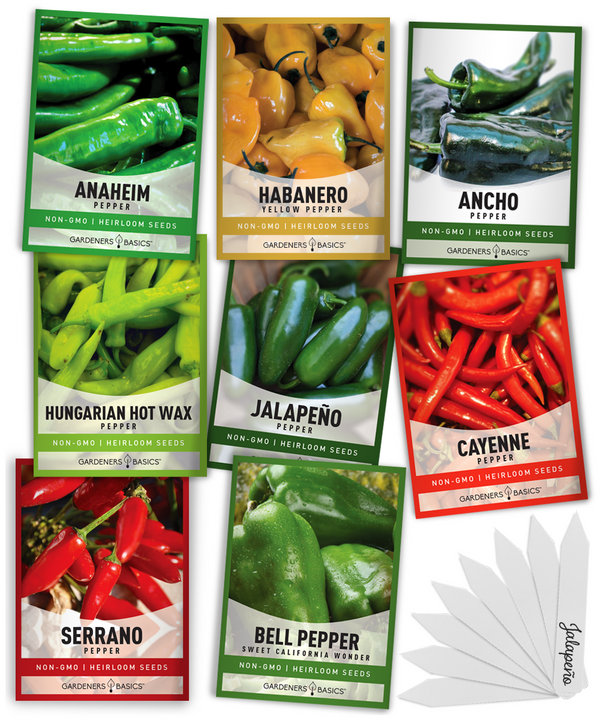
$15.95
8 Pepper Seeds Variety Pack – Heirloom, Non-GMO, Open-Pollinated, Non-Hybrid Seeds Elevate your garden with our 8 Pepper Seeds Variety Pack! This premium selection includes a mix of heirloom, open-pollinated, non-hybrid, non-GMO pepper seeds, perfect for beginner and experienced gardeners.… read more
5. Harvesting Jalapeno Peppers
Knowing when to harvest your jalapeno peppers is crucial to ensuring a flavorful and enjoyable experience. Jalapenos can be harvested at any stage of ripeness, depending on your flavor preferences.
- Dark green peppers: Harvesting at this stage will yield a slightly milder flavor and crisp texture.
- Light green or deep green peppers: Harvesting at this stage offers a slightly hotter flavor profile, with a more tender texture.
- Red peppers: Harvesting at the fully ripe stage will provide the hottest and sweetest flavor, with a softer texture.
6. Jalapeno Plant Care During Flowering and Fruit Production
Proper jalapeno plant care is essential to ensure a healthy plant and a bountiful harvest. By maintaining the ideal conditions and providing the necessary nutrients, you can enjoy an abundance of hot peppers throughout the growing season.
Watering and Soil Moisture
- Consistency: Maintain consistent soil moisture by watering your jalapeno plants regularly. The soil should be moist but not waterlogged.
- Frequency: Watering frequency will depend on factors such as temperature, sunlight, and potting mix. Check the soil regularly and water when the top inch feels dry to the touch.
Fertilizing
- Balanced fertilizer: Apply a balanced fertilizer, such as 10-10-10 or 14-14-14, to provide the necessary nutrients for optimal plant growth and fruit production.
- Frequency: Fertilize every 4-6 weeks during the growing season, following the manufacturer's instructions.
7. Common Issues and Solutions
During the flowering and fruit production stages, your jalapeno plants may encounter some common issues. By addressing these problems promptly, you can protect your plants and ensure a successful harvest.
Blossom Drop
- Causes: Blossom drop can occur due to inconsistent watering, high temperatures, or lack of pollination.
- Solutions: Maintain consistent soil moisture, provide shade during extreme heat, and encourage pollination by attracting pollinators or hand-pollinating.
Fruit Drop
- Causes: Fruit drop may occur if the plant is under stress, such as from over-watering, under-watering, or nutrient deficiencies.
- Solutions: Ensure proper watering and fertilization, and avoid any sudden changes in the plant's environment.
8. Enjoying Your Jalapeno Harvest
After all your hard work and careful jalapeno plant care, you can finally enjoy the fruits of your labor. Harvest your jalapeno peppers at your desired stage of ripeness, and use them to add a spicy kick to your favorite dishes. Remember to wear gloves when handling the peppers, as capsaicin can cause skin irritation.
By following this step-by-step guide and understanding the timeline from plant flowering to fruit production, you can successfully grow and harvest delicious jalapeno peppers in your own garden. Happy gardening!
 Frequently Asked Questions (FAQ) - How Long After Flowering Do Jalapenos Appear
Frequently Asked Questions (FAQ) - How Long After Flowering Do Jalapenos Appear
Q1: Can I grow jalapeno plants in containers?
A: Yes, jalapeno plants can be successfully grown in containers. Choose a pot that is at least 12-14 inches in diameter and has good drainage. Ensure that you use a high-quality potting mix and maintain consistent soil moisture.
Q2: How can I increase the heat level of my jalapeno peppers?
A: The heat level of jalapeno peppers can be influenced by various factors, including sunlight, temperature, and stress. To increase the heat level, expose your plants to full sun and higher temperatures. You can also slightly stress the plants by reducing the watering frequency, which may encourage the production of more capsaicin, the compound responsible for the pepper's spiciness.
Q3: How many jalapeno peppers can one plant produce?
A: A single jalapeno plant can produce anywhere from 20-40 peppers per growing season, depending on the variety and growing conditions. Providing optimal care and maintaining a healthy plant will maximize your yield.
Q4: Why are my jalapeno plants not producing fruit?
A: There are several possible reasons for a lack of fruit production, including poor pollination, inadequate sunlight, insufficient nutrients, or temperature fluctuations. Address these issues by ensuring proper plant care, encouraging pollination, and monitoring environmental conditions.
Q5: Can I grow jalapeno plants indoors?
A: Yes, jalapeno plants can be grown indoors, provided that they receive enough sunlight and are cared for properly. Place your plants near a sunny window, or supplement with grow lights to ensure they receive at least 6 hours of direct sunlight per day. Maintain consistent soil moisture and fertilize as needed.



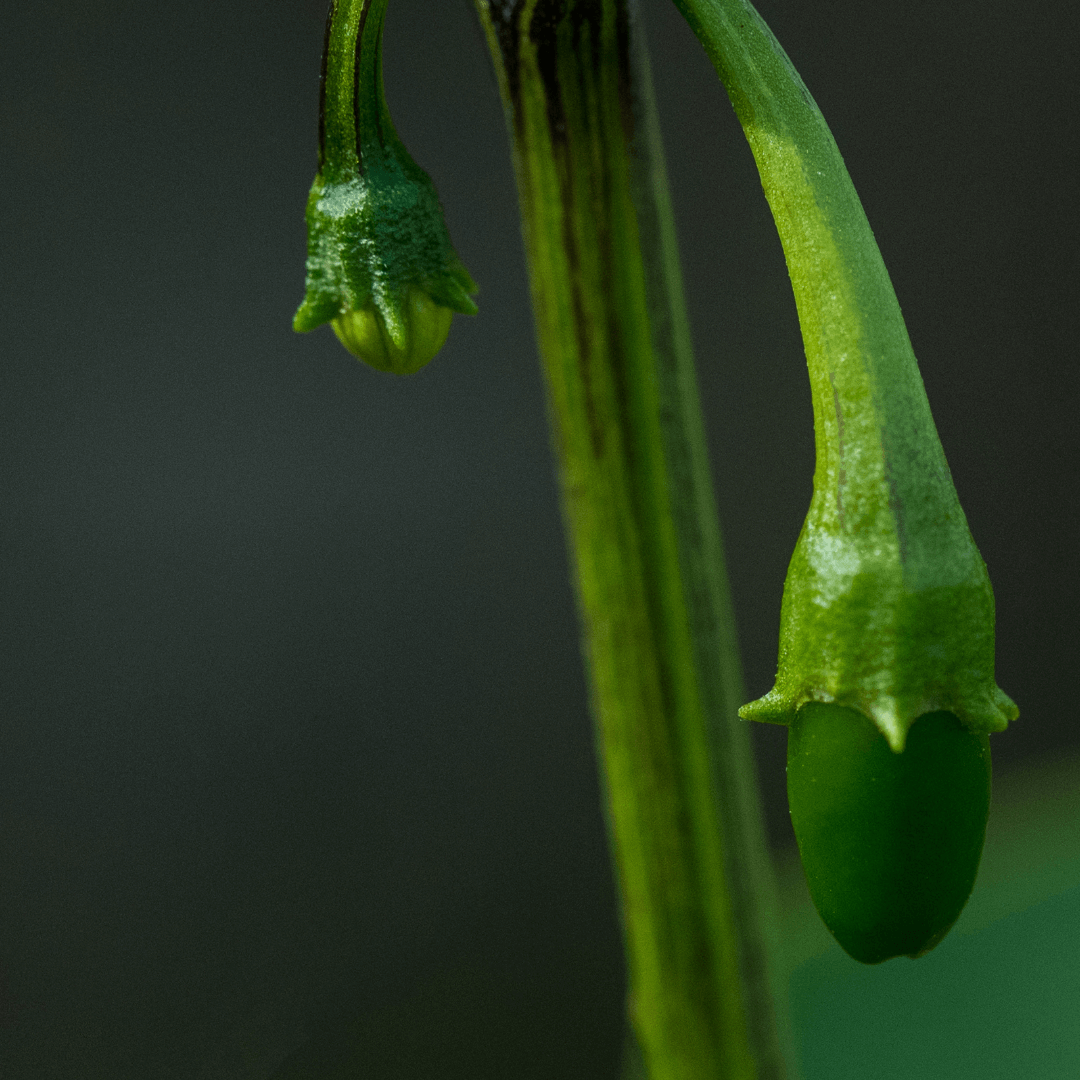

 Frequently Asked Questions (FAQ) - How Long After Flowering Do Jalapenos Appear
Frequently Asked Questions (FAQ) - How Long After Flowering Do Jalapenos Appear